For our first tutorial in the Mothers Day Series, we are going to start with a fresh take on a DIY planter. When I started creating different concepts I considered the common gifts you see for Mother’s Day, one of which is flowers. We all love fresh flowers but the idea of them lasting longer than a week is appealing. Originally I was designing a planter box that would go on a porch but I just didn’t think it was quite unique enough. What I love about this one is that the added chalkboard element creates a bit of a whimsy and made the ability to personalize it all the better. So let’s get started on the Hanging Planter with Chalkboard Tutorial!
Design
Each thing I make starts with a sketch, usually like this with a million messy notes. I do want to say, that I am not an artist! Often times I’ll change the idea completely or make adjustments that make it more structurally sound. The end result of this project stayed pretty close, as you can see here. Another element I kept in mind while I designed this was structure. The interior frame is structurally the most important, and keeping it simple with a basic rectangle simplifies lining it up and keeping it square. It is more difficult to have tops and bottoms that are angled and side supports off the edge and keeps it level. Plus, I like the aesthetic of stacked wood, especially when working with 2X4s.
Supply list
- 3 2X4 8 foot pine boards ($3.52 X 3)
- 1 2X6 ten-foot pine board ($6.05)
- Hook for the basket- I used ($1.18)
- Chalkboard material cut to size ($9.99)
- Orbital Sanding Pads- 80 and 120 grit
- Wood Glue
- Stain and Sealer of choice
- Shop towels
- Measuring supplies- tape measure, square and pencil
- Small chip brush
- Kreg 2.5 inch screws- 16 total
Tools Needed
- Finish Nailer with 2.5 inch nails
- Kreg Pocket Hole Jig
- Miter Saw or a miter box with a handsaw
- Orbital Sander
- Corner clamps or trigger/bar clamps with a corner squared support to level from
- Standard Drill Bit
- Hand Drill
Cut List
- 2-2X4 at 36 inches
- 3-2X4 at 20 inches
- 1-2X4 at 27.5 inches, 30-degree angle on edges
- 1-2X6 at 27.5 inches, 30-degree angle on edges
- 2- 2X4 at 8 inches with 30-degree angles on edges
- 1-2X4 at 6 inches
- 2-2X4 at 4 inches
- 2-2X4 at 10 inches with 45-degree angles on edge
- Cut Chalkboard material to 5.5 X 20 inches
- Instructions
I began by cutting the interior frame. This consists of 2 2X4 at 36 inches and 3 2X4 pieces at 20 inches.
I drilled pocket holes into the 20-inch pieces using my Kreg K-4. Always be sure to adjust the bit and depth on your Kreg jig based on the size stock you are using.
At this stage, I always sand the cut boards using the 80-grit sanding nets from Diablo before I assemble them. Sanding nets work the same as sanding discs but allow for longer use and quicker sanding, with less propensity for clogging. Sanding also happens once the assembly is complete, but doing a light sand as you go prevents any missed corners later.
You want the pocket holes all facing down, generally, you would place them all facing in on a frame. However, because we are putting a piece on the bottom doing it this way allows for less exposed holes.
I then clamp the corners using a 90-degree corner clamp. This one is by Bessey.
There are a lot of ways to do this and if you don’t have clamps my best advice is to use trigger clamps against a square edge, but honestly, patience is the key with angle joining.
For the centerboard, which will hold the screw for the basket and above it will be the chalkboard, I used a scrap of 2X6 for proper spacing and to keep it level.
I next cut the top and bottom, one 2X4 at 27.5 inches and one 2X6 at 27.5 inches. These are cut at 30 degrees and I always measure from the longest side. I use my miter saw for this as well, but if you don’t have one you can always use a miter box with a hand saw.
I start by flipping the piece on its top and do the bottom 2X6 first. The long side will be facing up, the short side will attach to the top of the frame. Using trigger clamps and wood glue I secure and center the top piece, being sure it is centered ( there will be about a 1.25-inch overhang on either side).
Using my Ryobi Cordless Angled Finish Nailer with 2-inch nails to reinforce the bond. Once the nails are in you can remove the clamps, as they are used purely to prevent shifting while you attach the piece.
You will do the exact same for the top 2X4 as well, with the long side facing up. (Again, a 1.25-inch overhang).
This is what the piece should look like at this point.
Now for what I call Fancy Feet. These are optional, and I added them more for visual interest, but feel free to adjust the design however you want. You will cut 2 2X4 pieces at 8 inches with 30-degree angles and one at 6 inches for a center support.
Attaching the feet is very similar to the top and bottom of the frame, you want to center the feet on the 2X6. I spaced them in slightly from the edge to be in line with the frame. This is an element you can play around with a lot to get the look you want.
I apply glue and clamp while I nail it in using the same Ryobi Cordless Angled Finish Nailer to secure them.
The center support should be centered between the two feet and attached the same using wood glue and a few finish nails.
Next, we need to add a support for the chalkboard to attach to. I used 2 4-inch 2X4 pieces attached using pocket holes.
You can always attach something like a scrap 2X2 to the center support on the frame using nails as well. Its all a matter of preference.
The last step prior to finishing is attaching the interior angled pieces. While these do add some structural support, I added them more for visual interest. These will measure 10 inches, cut at 45-degrees.
These are attached using finish nails as well as wood glue, but some may prefer brad nails for a smaller gauge.
These require a bit of finesse to keep them perfectly squared so take your time in attaching them. you want to make sure they are spaced correctly and centered. the center gap is ___ inches. We want to leave ample room to attach the hook later.
Finishing-
Once the piece is assembled you can choose to fill the pocket holes. Generally, I use plugs or wood filler but I chose to leave mine exposed since they weren’t easily seen but its a matter of preference.
You now want to go over the whole piece lightly with 120-grit sandpaper and an orbital sander. This Dewalt has been my companion for years! How much sanding you do is really a matter of preference. Since Pine tends to drink stain, I think its always important to smooth it out a bit, but I wouldn’t go too crazy because it is an outdoor piece.
Next, you want to apply the stain. I prefer Minwax oil-based stains over really any others for workability but any stain will do. I am playing around with a few other brands so I will report back if this opinion changes! I just used some I had on hand which was Minwax Espresso. There are dozens of ways to apply stains such as staining pads or brushes, or towels. I personally use shop towels with gloves on.
Once your stain has set, your last step is sealing. I have a small spray gun called a Critter that I love to apply sealer with. For this, since the area I will be putting this is exposed to the elements, I used Helmsman spar urethane in Satin. If you don’t have a sprayer, I would recommend wipe on poly or using a brush to apply polyurethane or something similar. It really is a matter of preference and where the piece is going to go.
To hang the basket I used this hook.
First drilling into the center 2X4. To ensure a tight fit, I always use a slightly smaller bit and work the screw in slowly. I inserted the hook about an inch in.
The next step is attaching the chalkboard. I used premade chalkboard material that is readily available at Home Depot. I trimmed it on my table saw to 5.5 inches, and trimmed it to 20 inches to fit perfectly in between the top and middle support of the frame.
I used wood glue and ran a few pin nails into it as well using my Ryobi Cordless Pin Nailer. This is optional, you can also clamp it. An alternative that would work great for the wood glue here is any sort of epoxy or product like liquid nails. Be sure to let the glue set.
The finish line is here!
Next, hang a flowering basket and get the kiddos in on a sweet message for their Mom and you’re done!
Conclusion
This project was a lot of fun to make, and I think it has a lot of potential for personalization to suit your style! This is an easy and fun build, great for a beginner but still fun no matter what your experience level is. Remember you know the recipient best, so make the idea your own! Don’t forget to use the hashtag #TIAcrew and share with us your projects!
Tips and Tricks
I don’t mind the few exposed nail heads on the top, but if this bothers you, you can allow the glue to dry and skip nailing it. Nailing saves you time, and the few small nail heads didn’t bother me for this project. You can also countersink and patch the holes.
Insert the pocket hole screws slowly, going to fast is a sure way to change the angle of the joint. If the joints aren’t set correctly when you attach the Kreg screws you will absolutely knock it off center. You can also add wood glue to the joints to add security but if done correctly the pocket holes provide a lot of strength.
I will let you in on a bit of a secret, I keep staining ultra simple. For me, I use a shop staple, disposable shop towels. These work the best at being able to control the penetration and are budget friendly. I use an ultra cheap chip brush to get into tight corners or grooves and always wear gloves.
You want to stain the base first and the underside to the framing as well. I lay the piece on its side on a moving blanket. Any soft surface will do, but these are better than canvas drop cloths to me as they insulate the piece from the concrete.
You also want to take your time drilling the hole for the hook so you don’t drill right through the 2X4. You can see the hook I used was just a bit too long, but I wanted the thickness of the gauge and pickings were slim at Home Depot that day. Ultimately a dozen alternatives exist, but this one worked perfectly too!
One thing to note here is an alternative. I was a bit disappointed in the way the material cut, so an alternative if you have it is to use MDF and finish it. Chalkboard paint (not the same as chalk paint) is sold for about 4 dollars at Home Depot or Lowes. you could easily paint the MDF and it would probably give you slightly better results since you would be painting after cutting. Just be mindful of the potential for water damage if MDF is properly sealed.
Remember if you don’t have a Table Saw you can also have the chalkboard material cut at Home Depot.
One thing I love to do on homemade pieces like this is to add a signature or special note to the project somewhere. The back of the chalkboard or the bottom of the piece is a perfect spot on this one. You can also use a Dremel and carve it in, that’s always super sweet!
You can skip staining and opt for paint as well, its all a matter of preference!

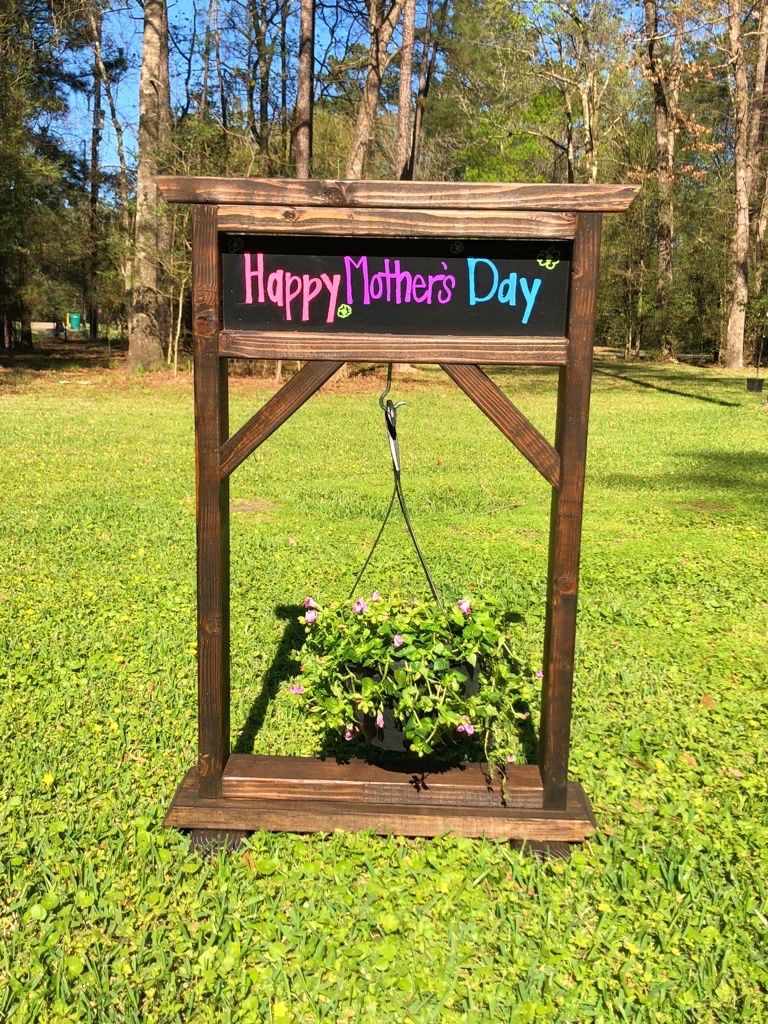

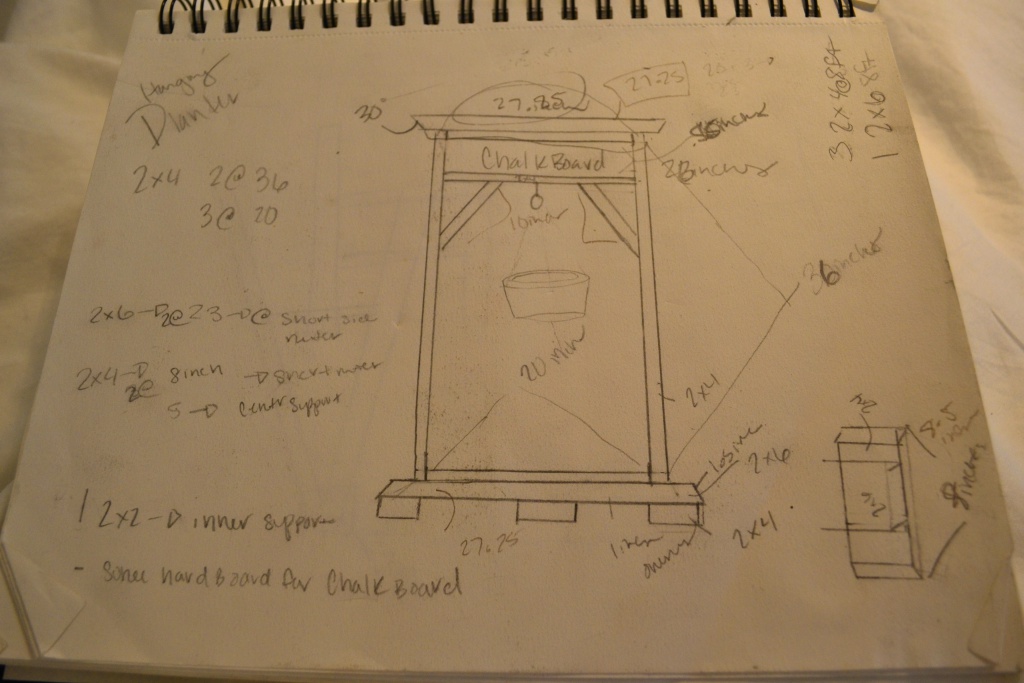
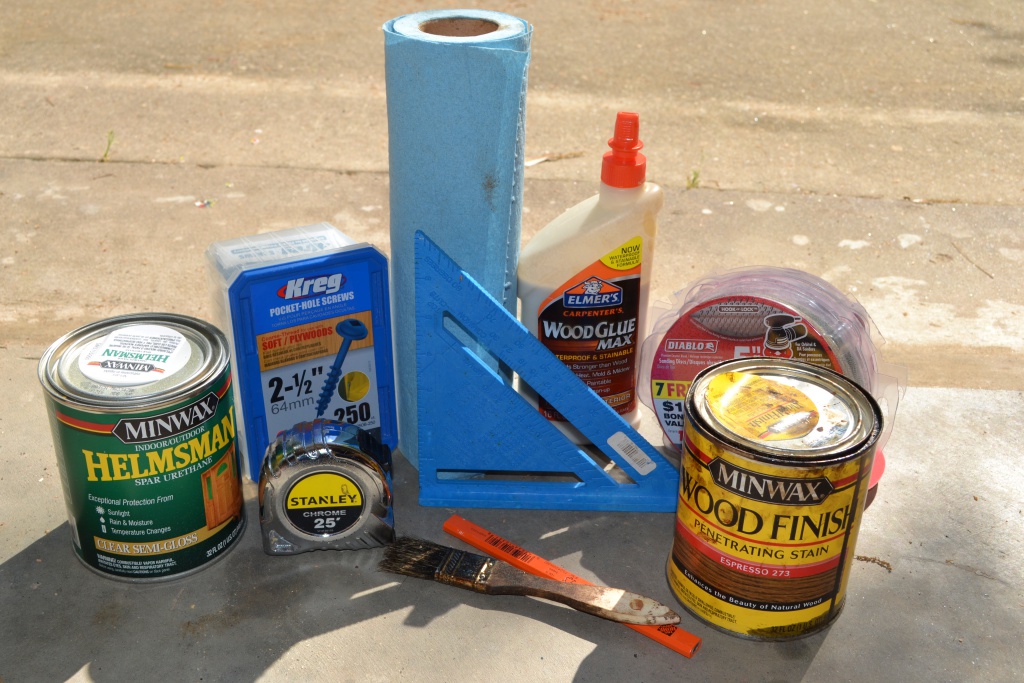
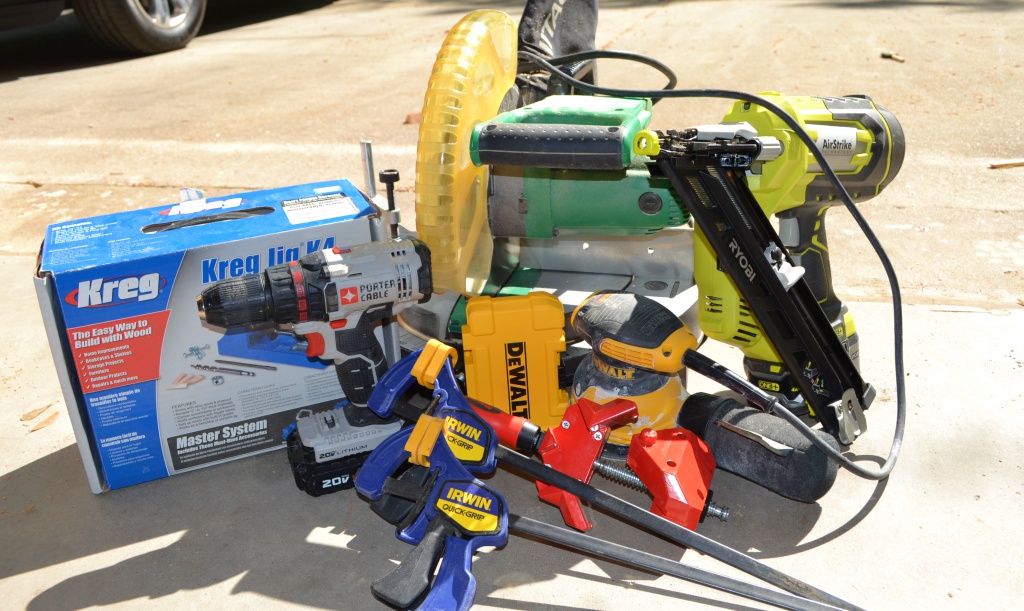
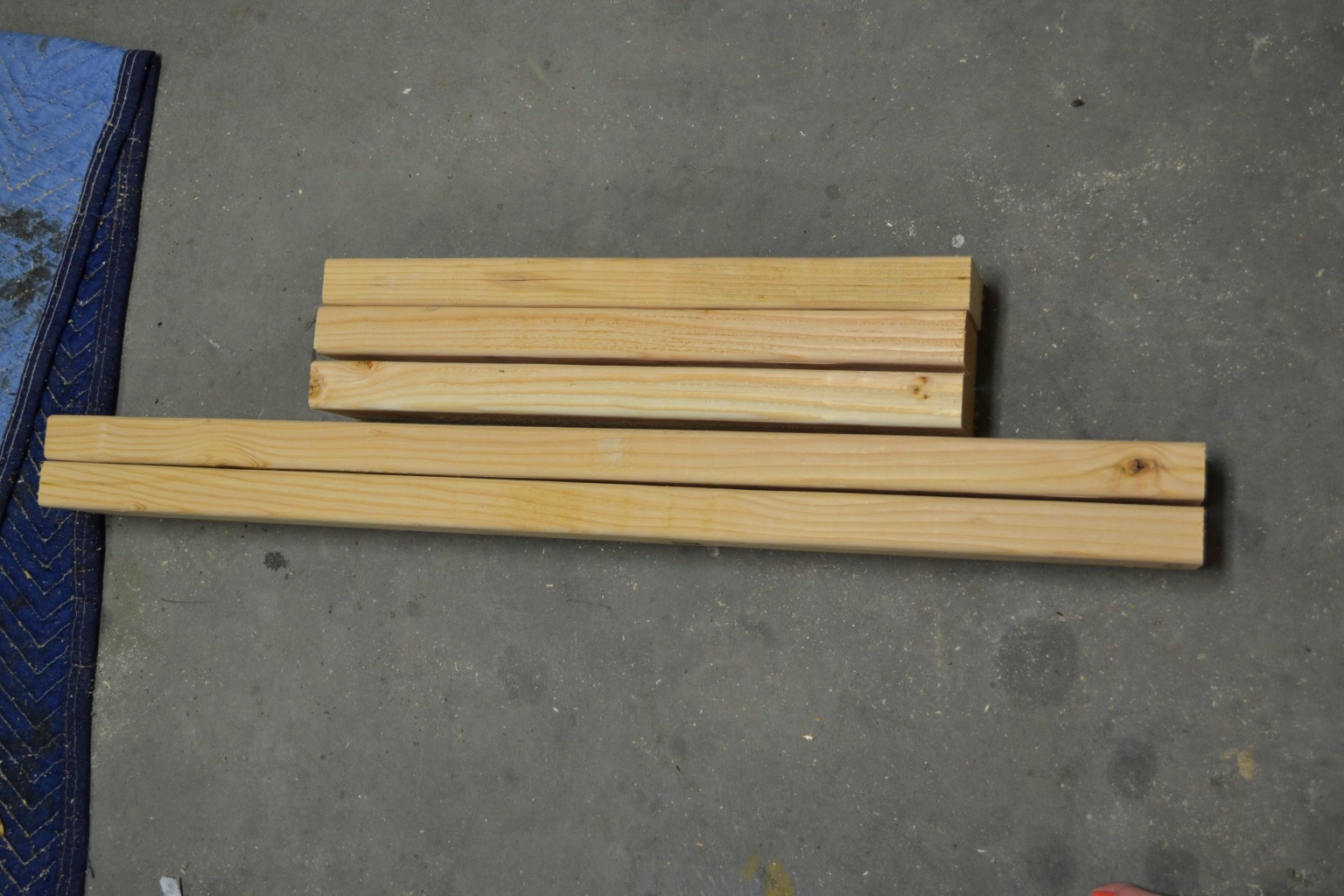
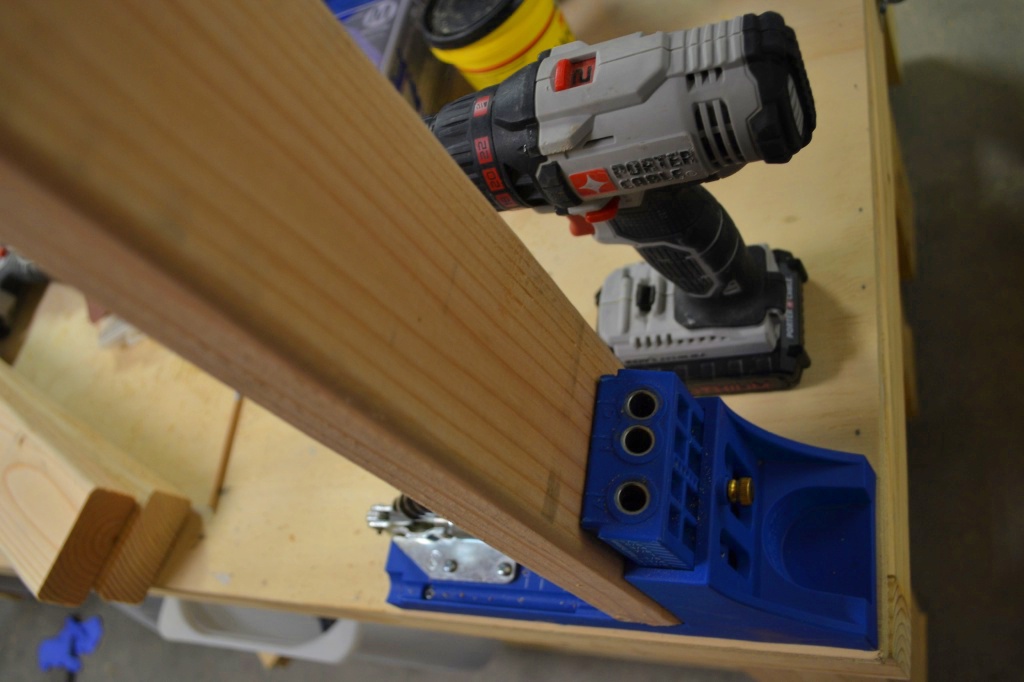
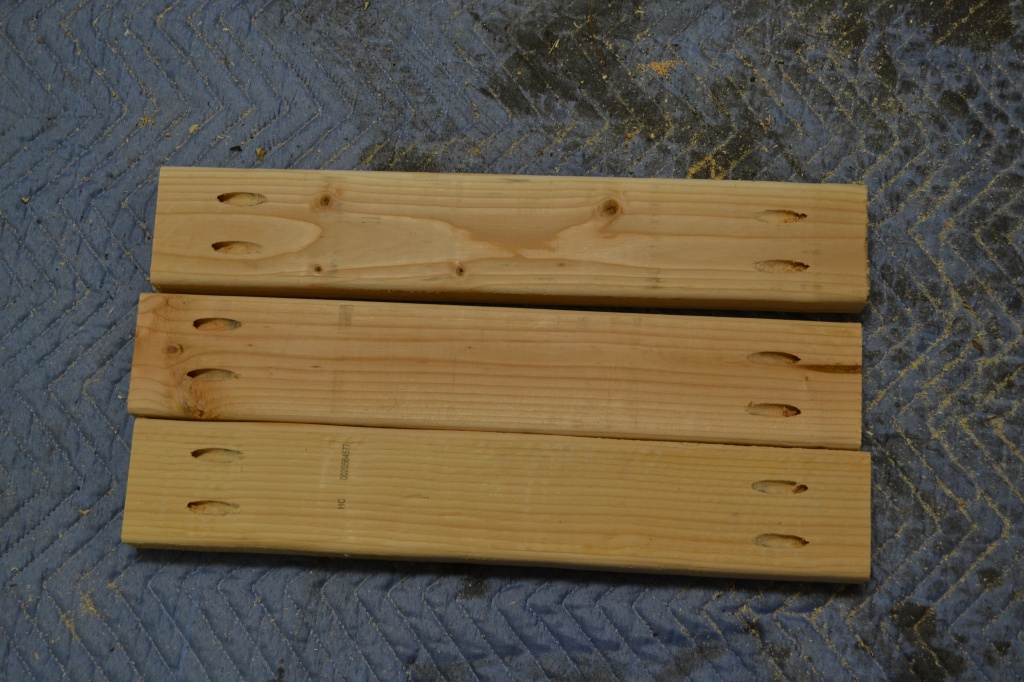
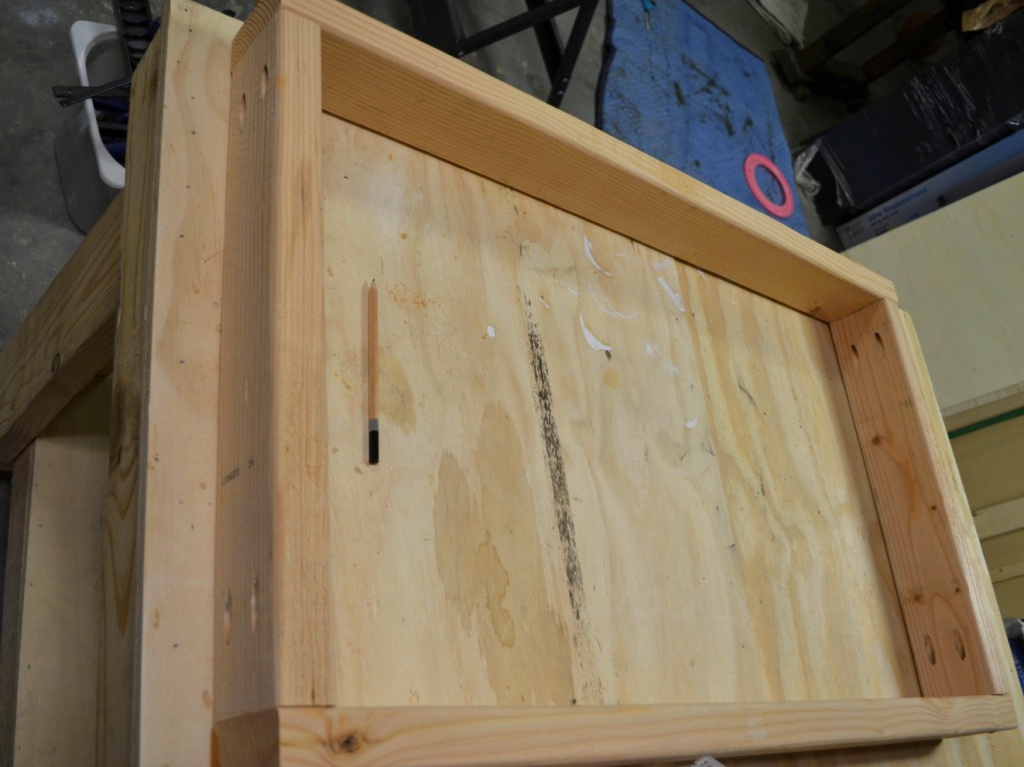
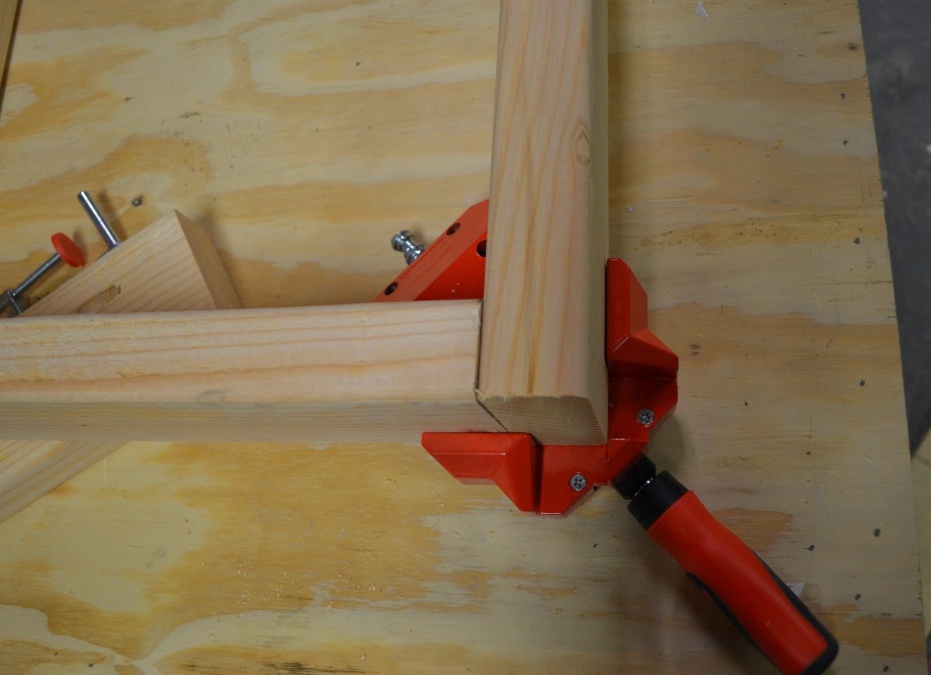
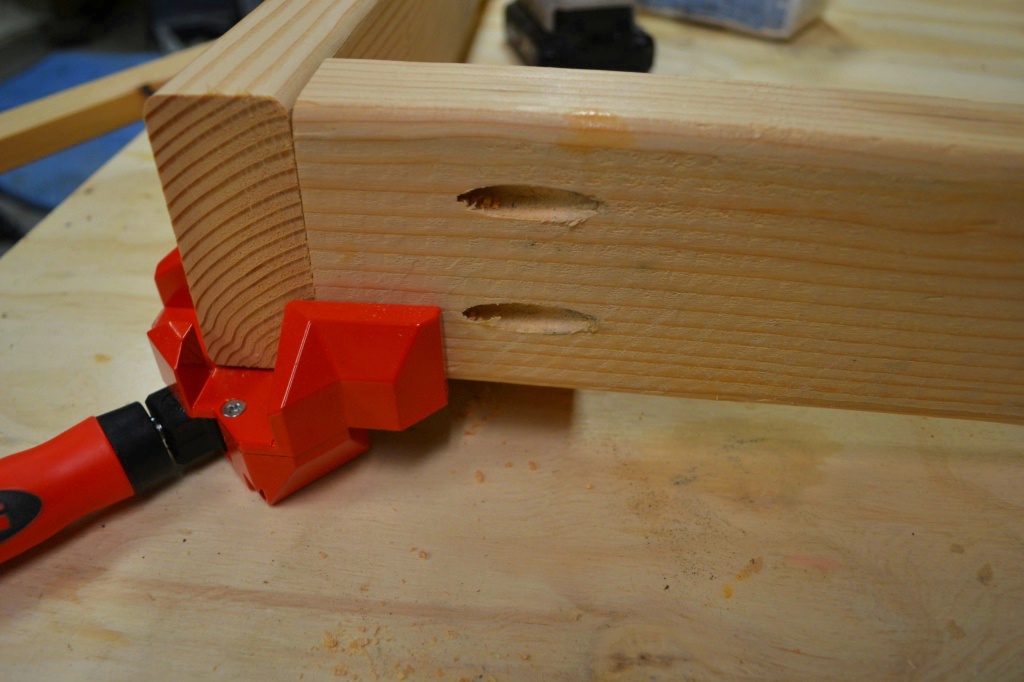
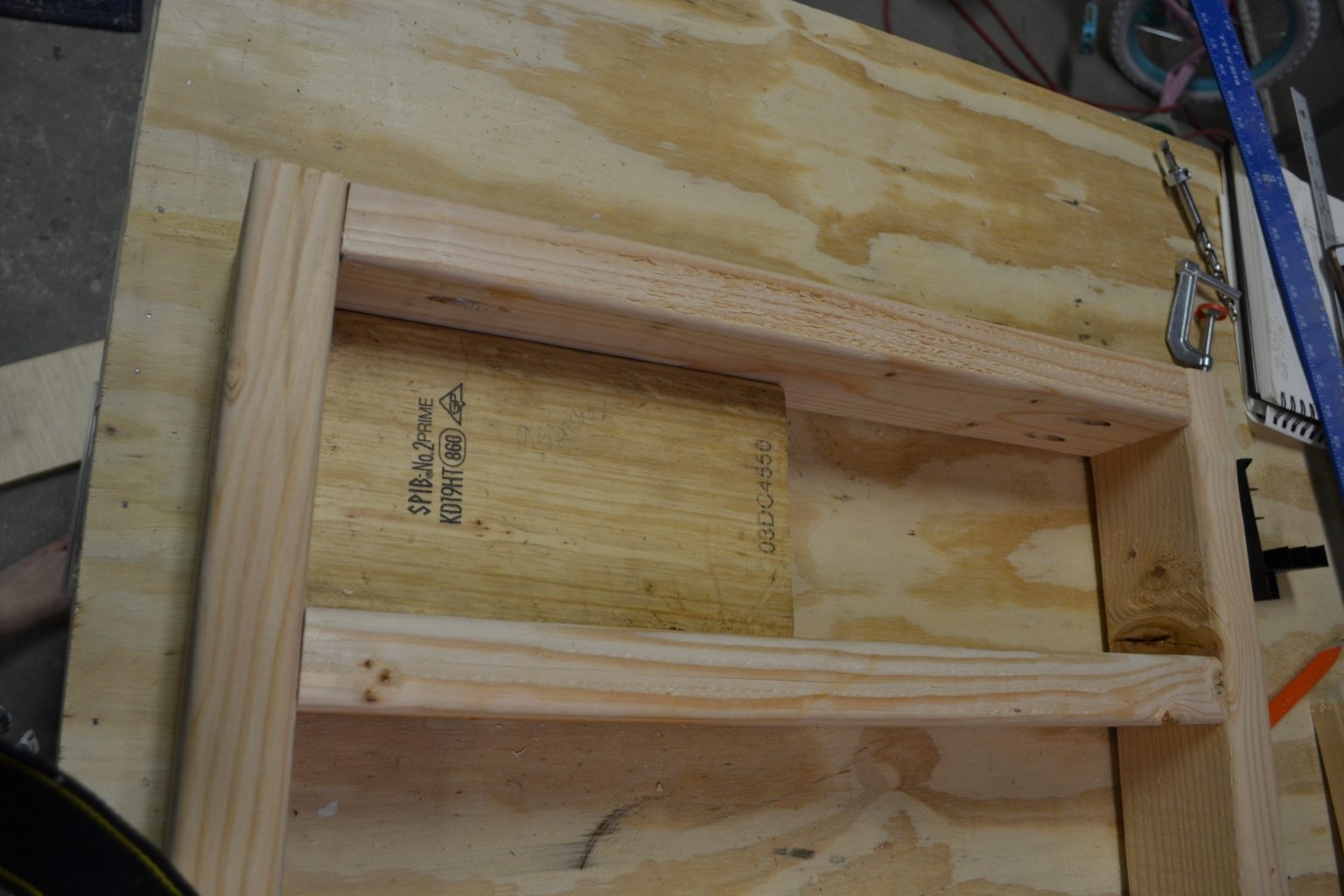
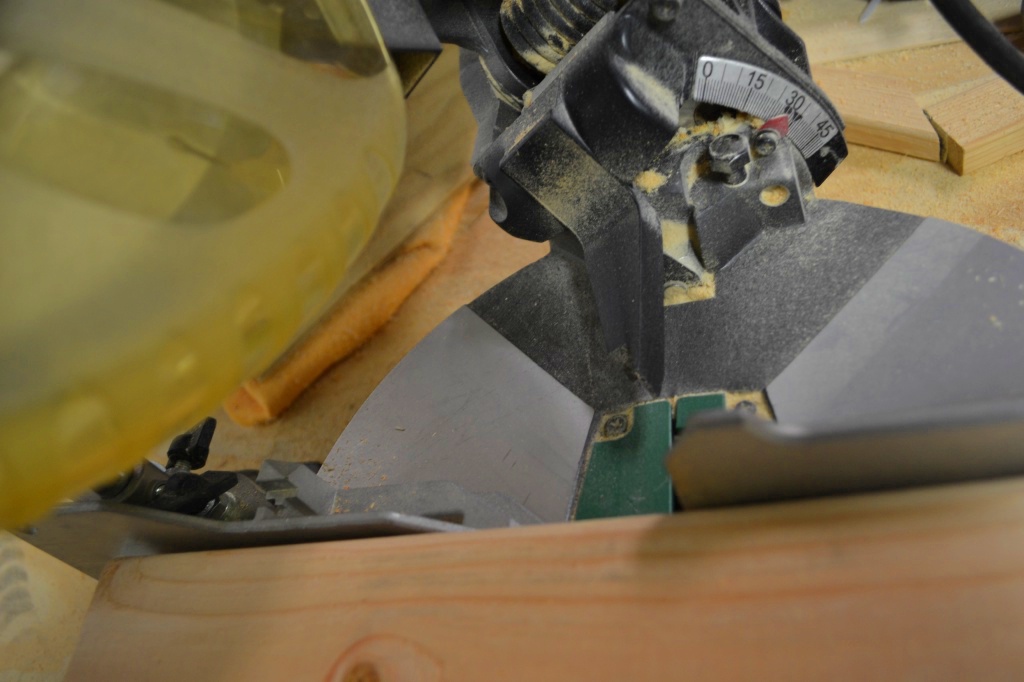
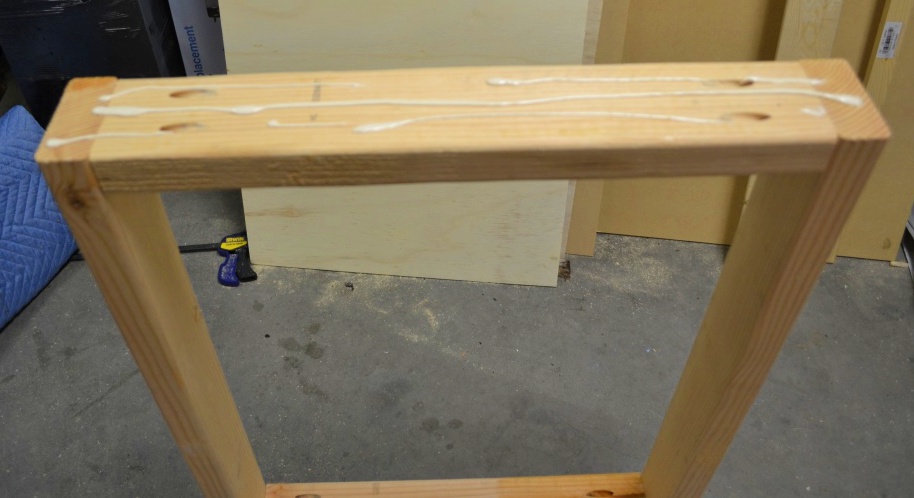
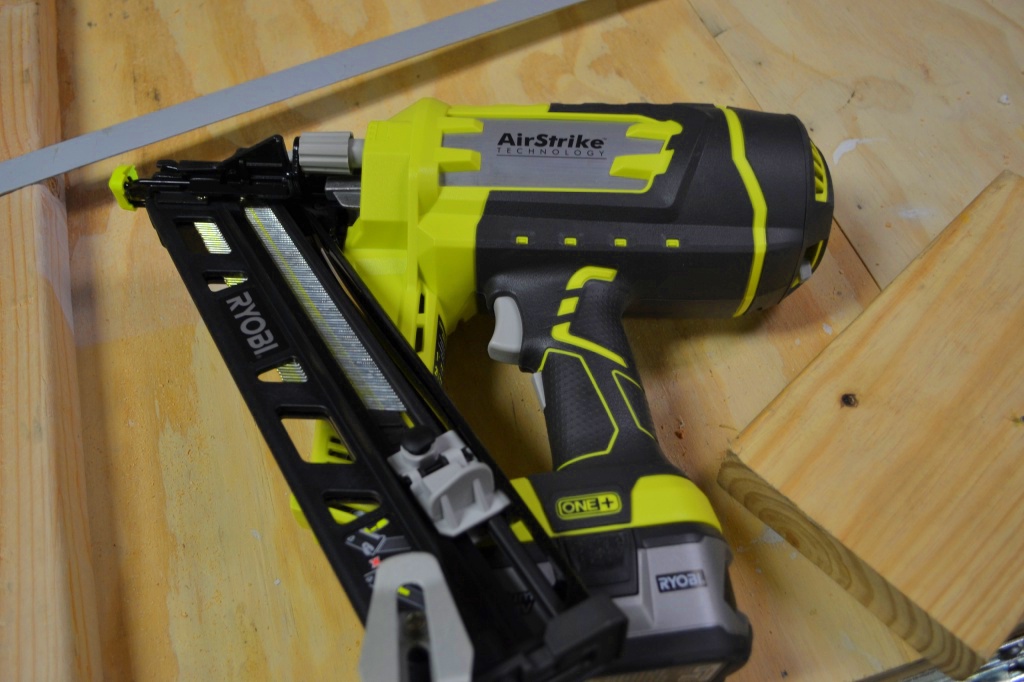
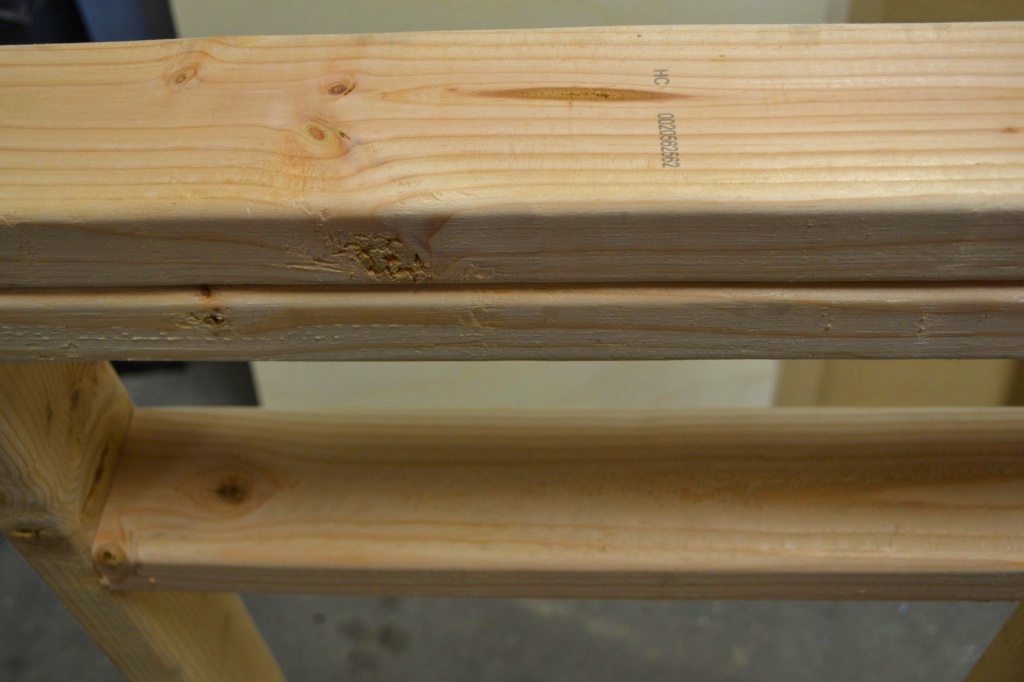
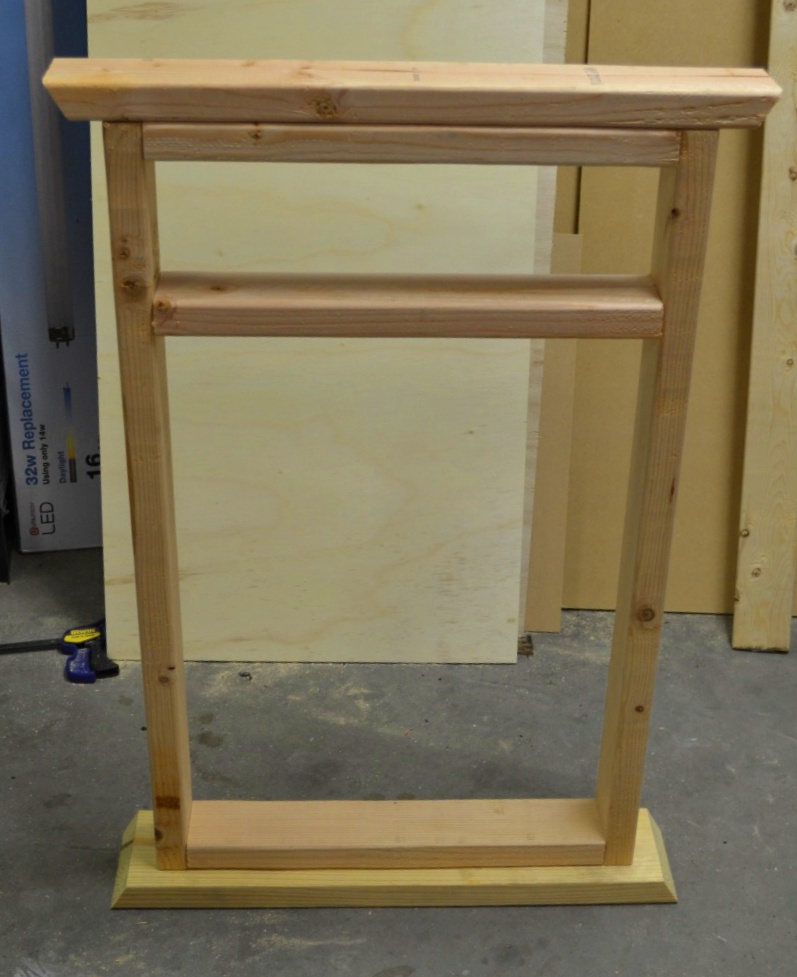
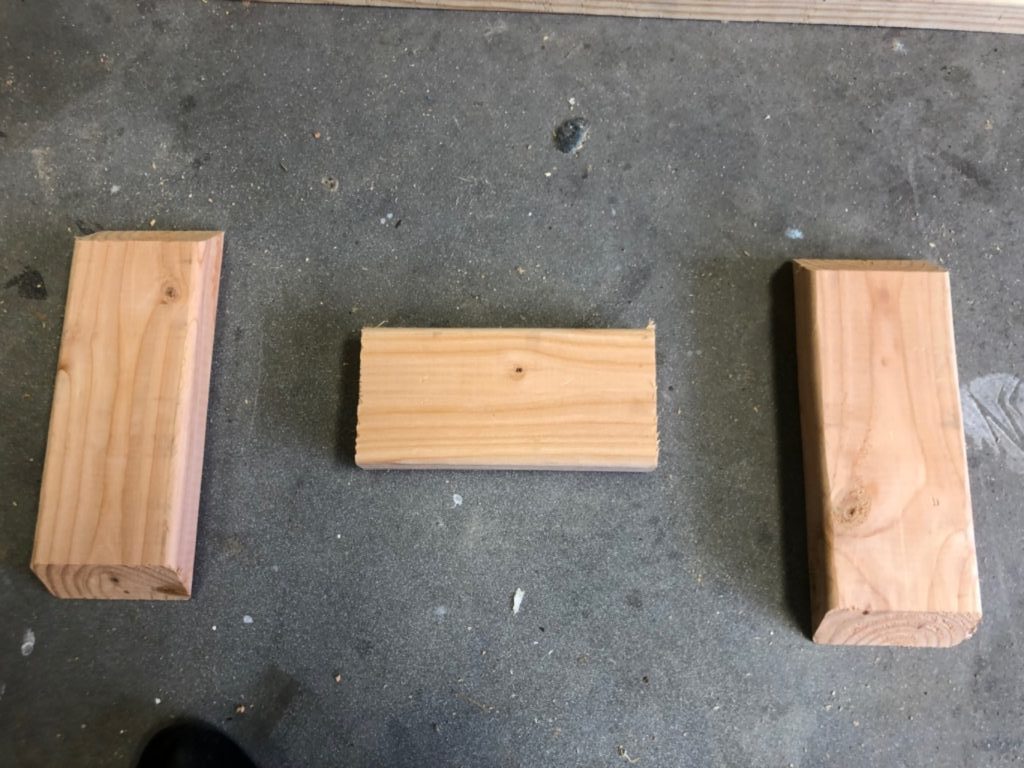
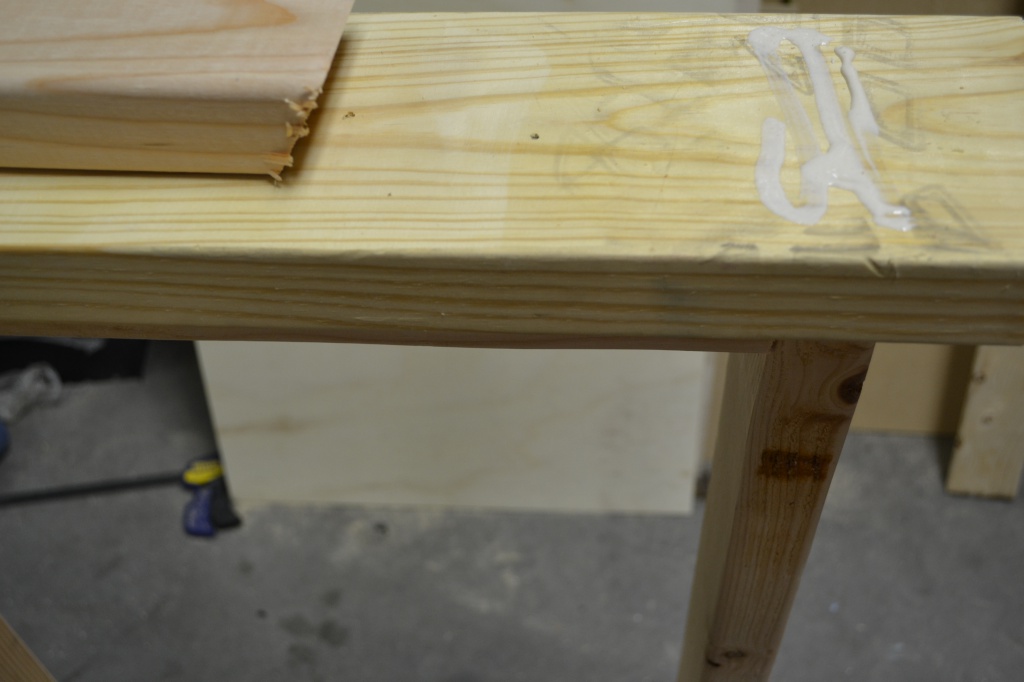
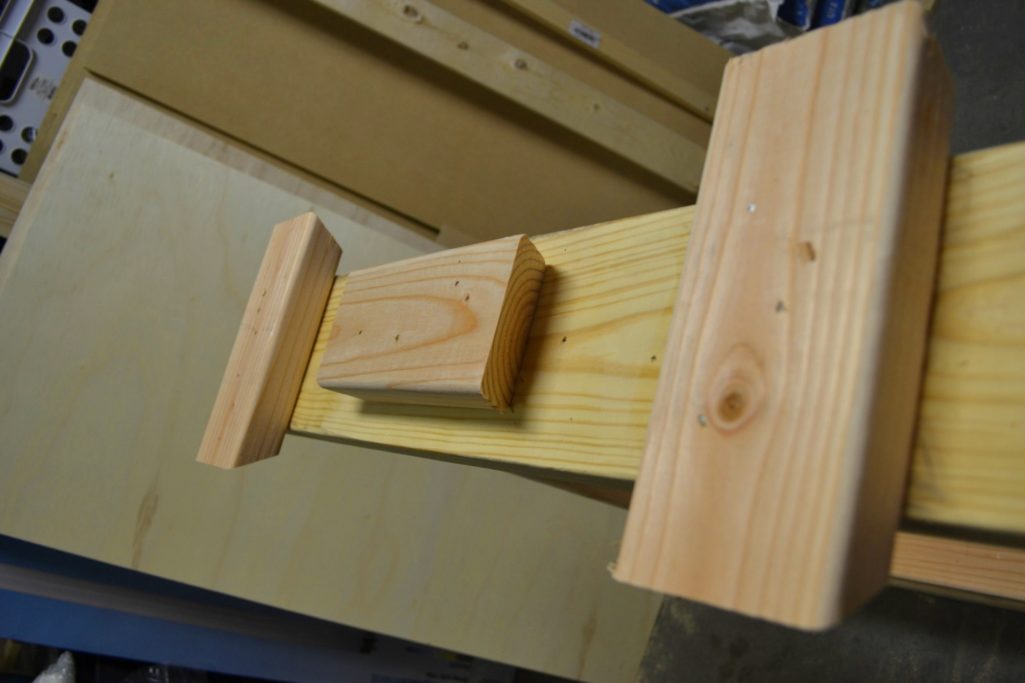
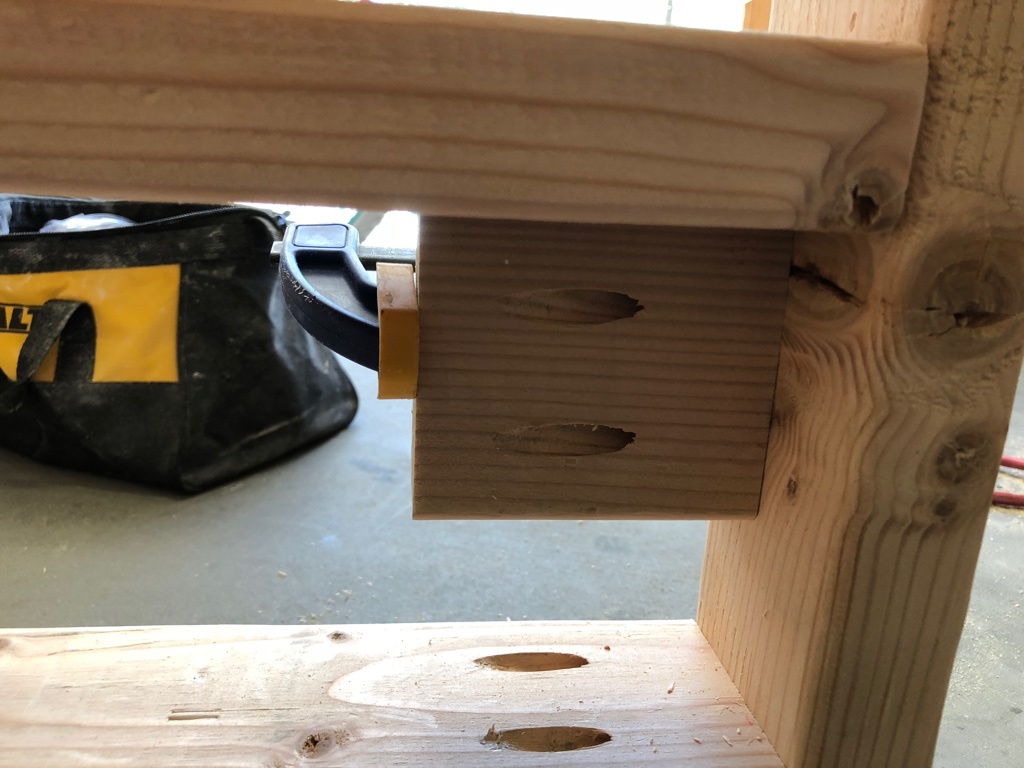
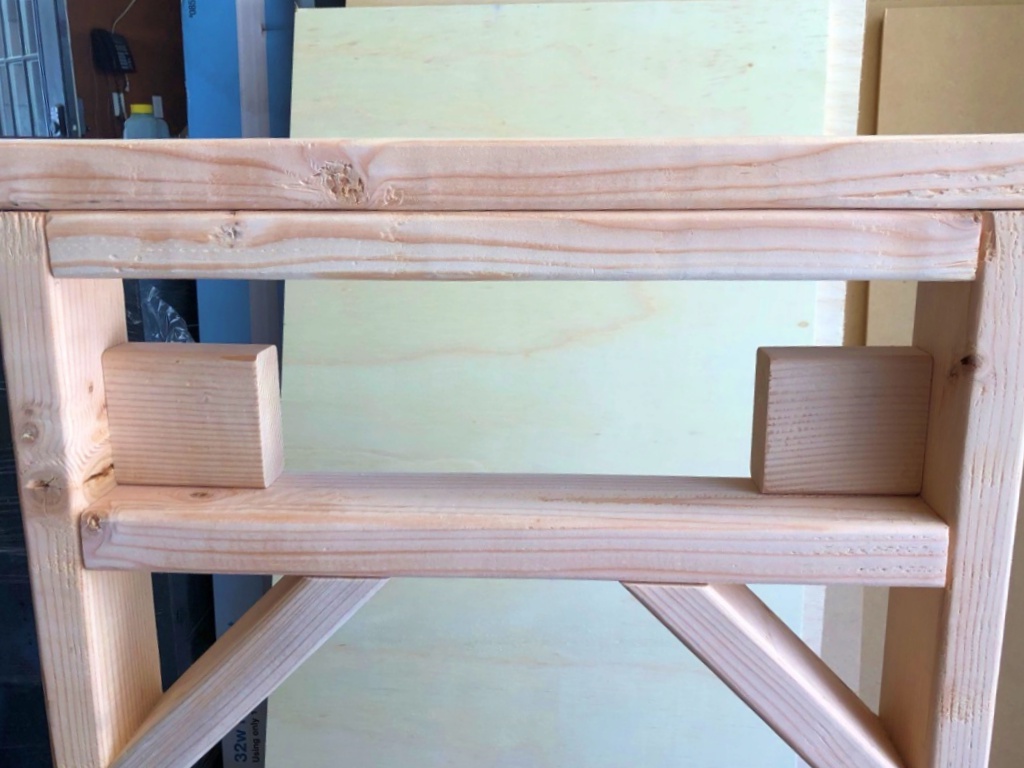
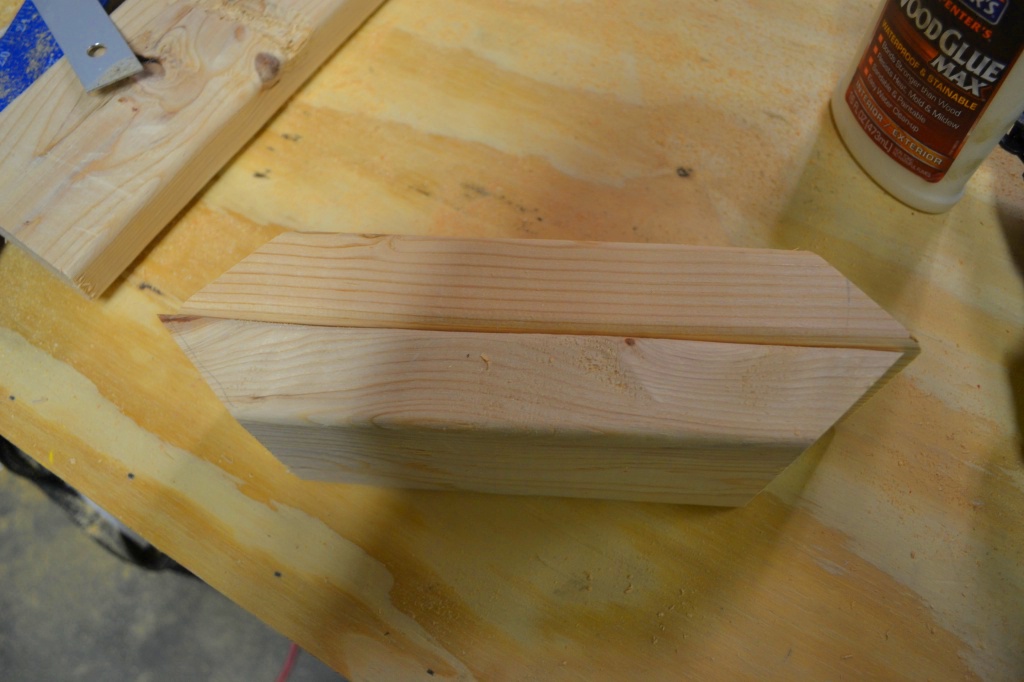
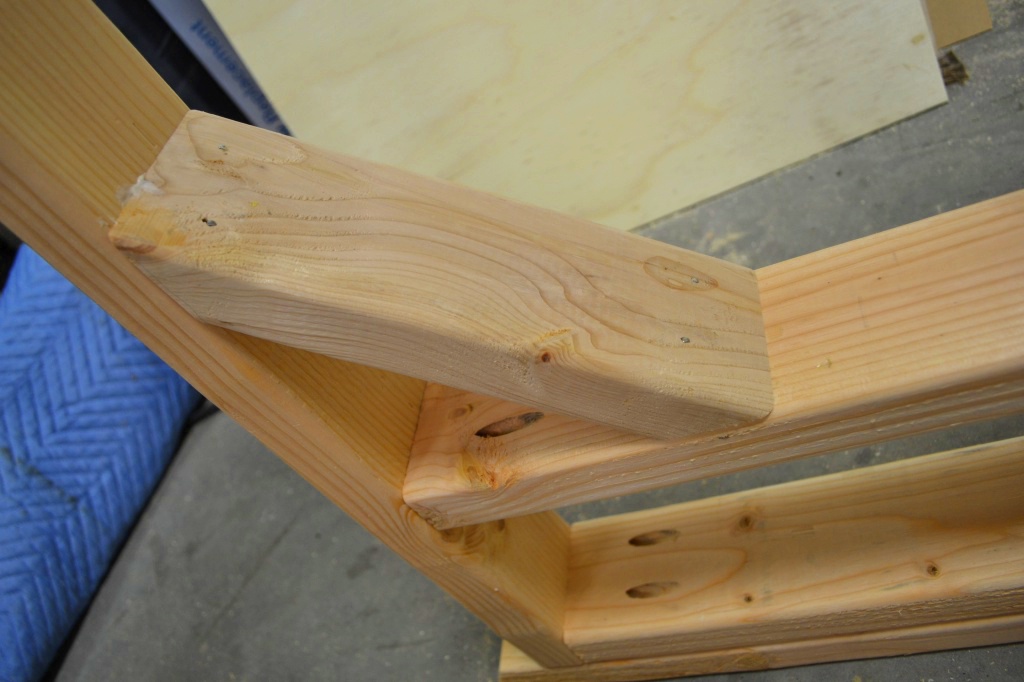
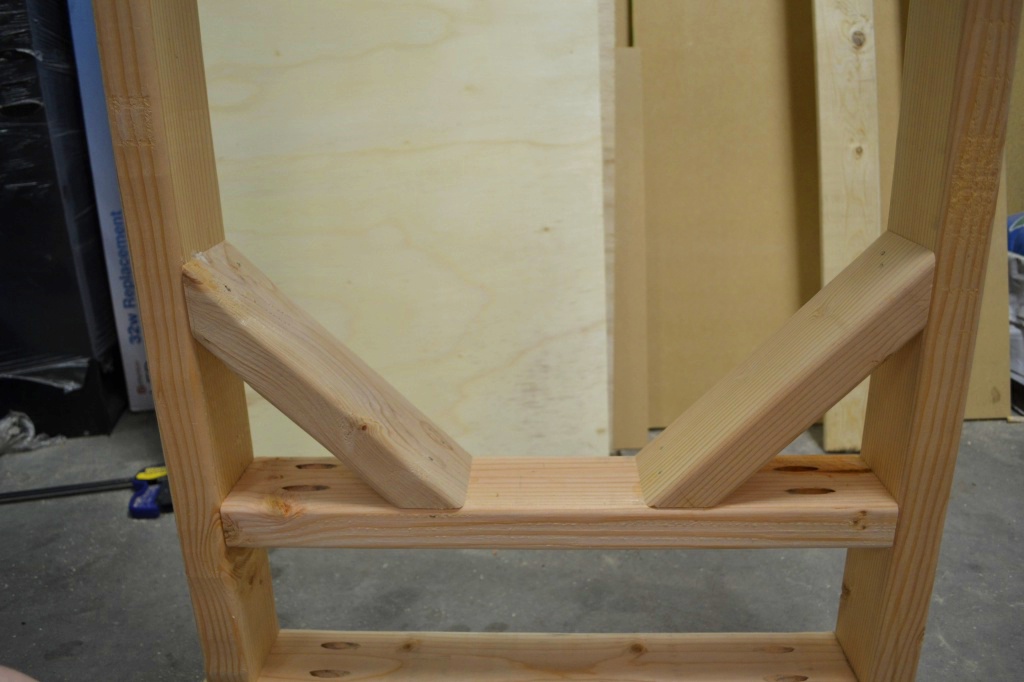

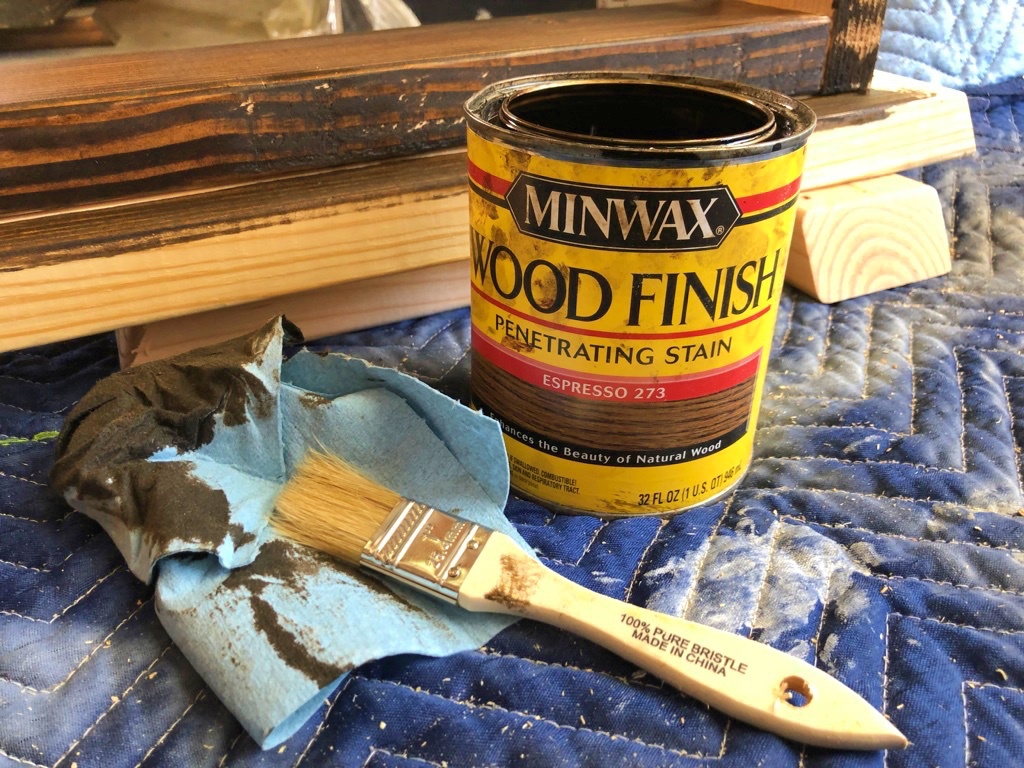
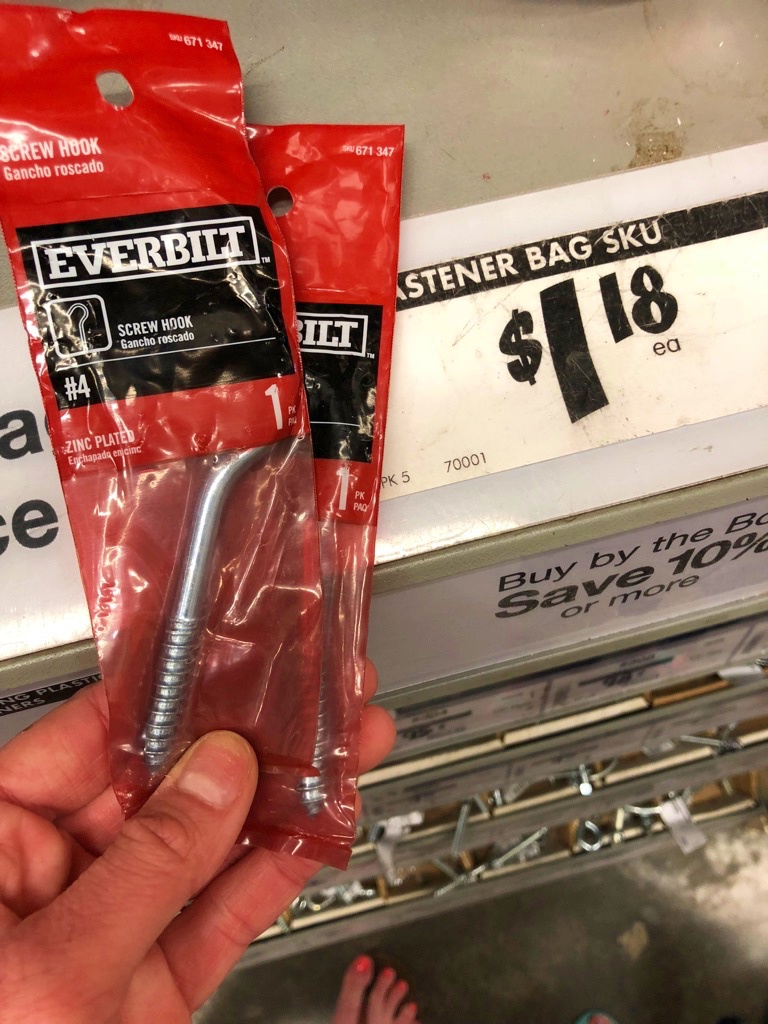
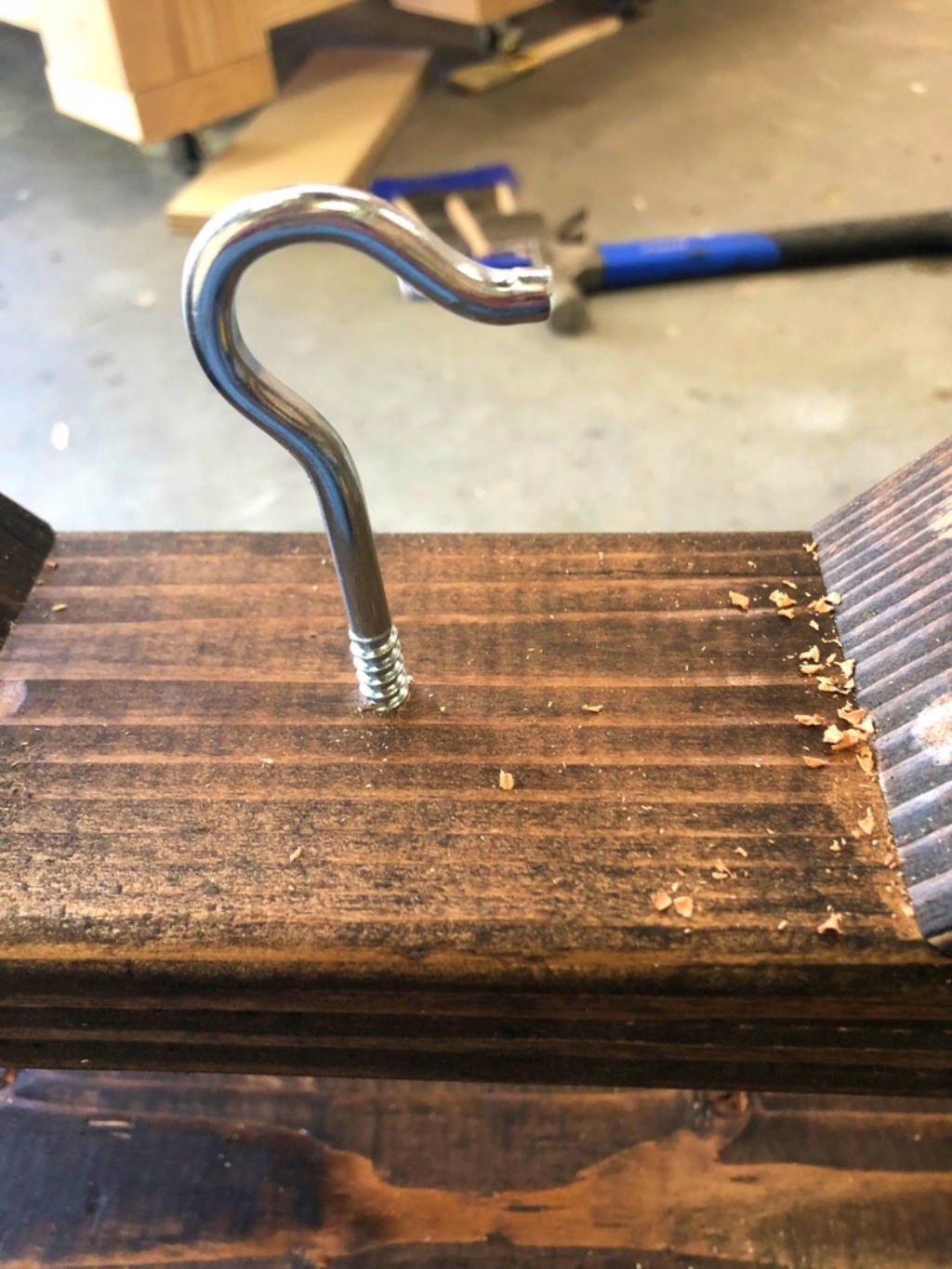
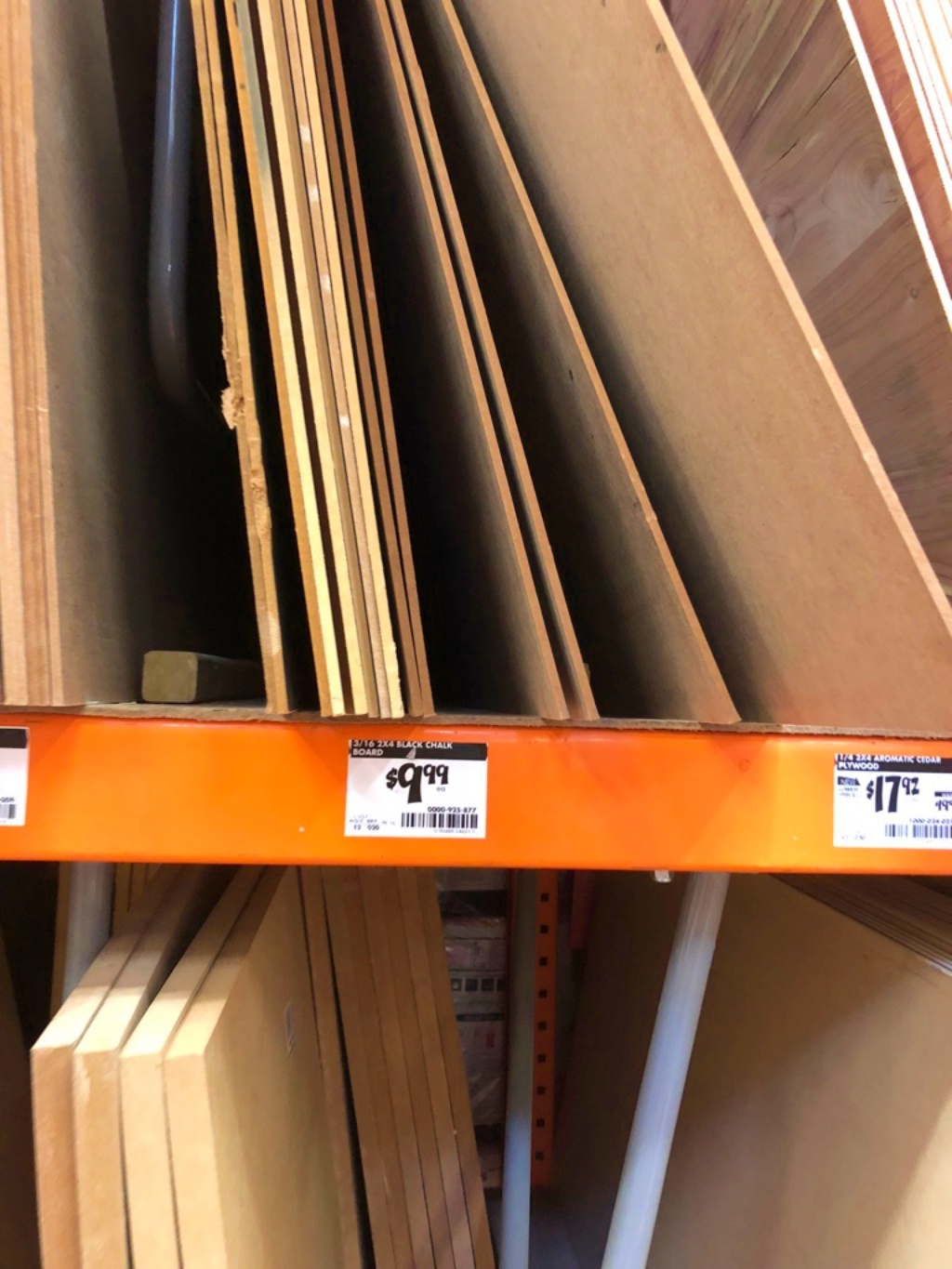
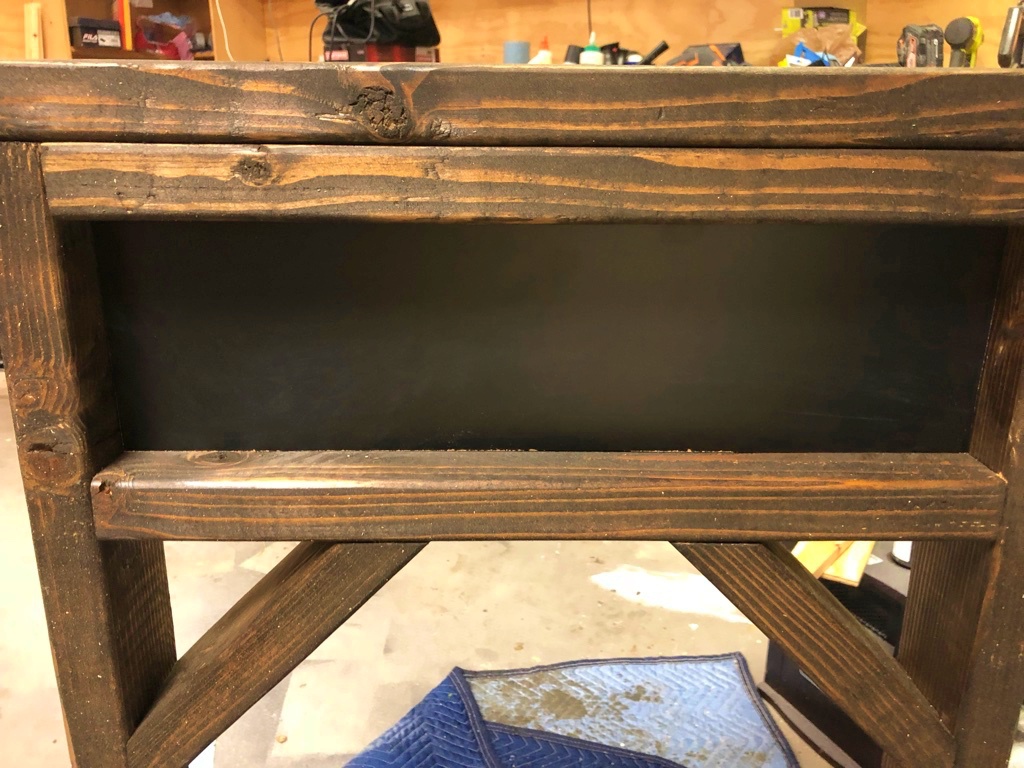
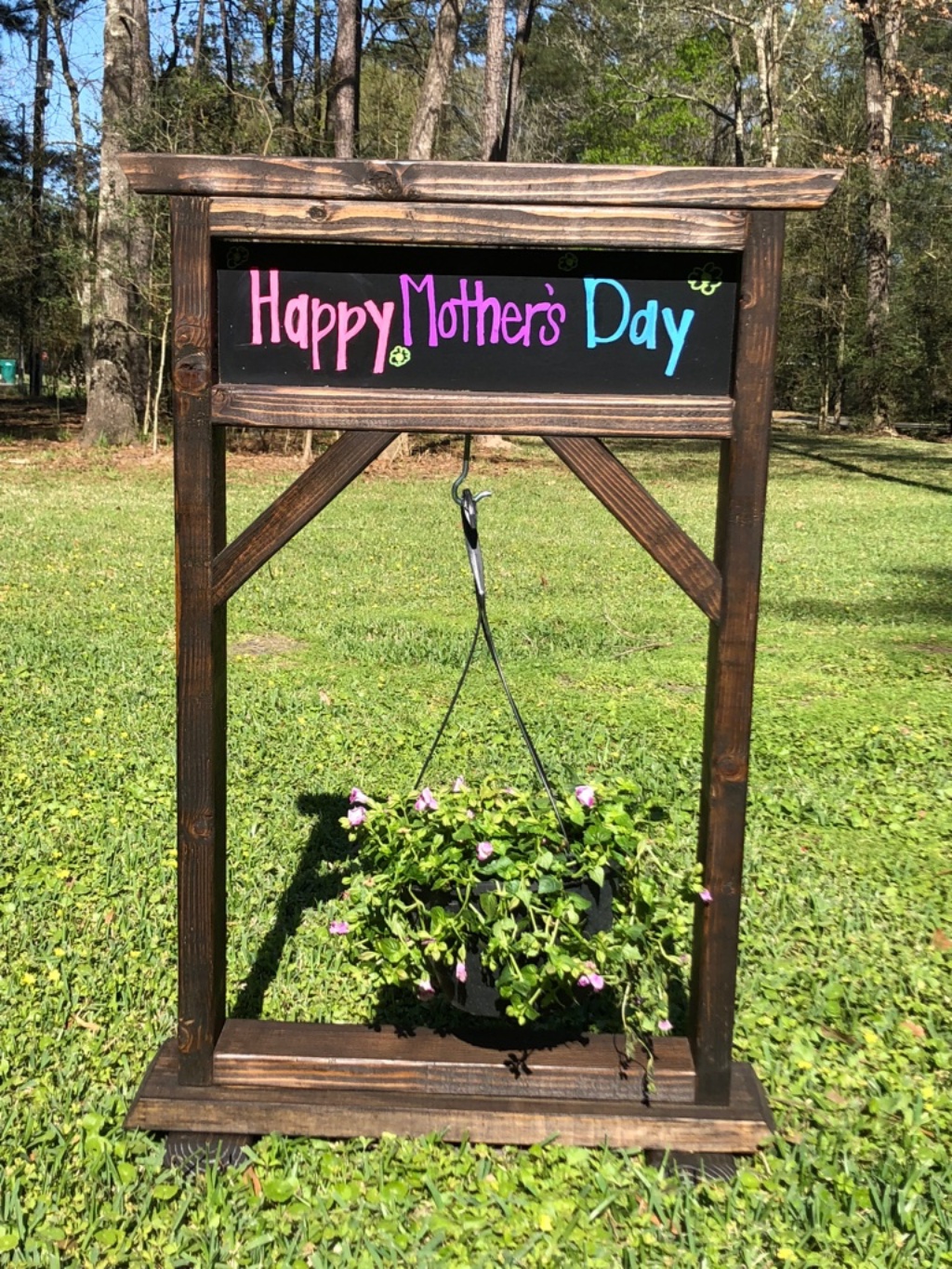
Great idea! I run a camp in the summer and this sign will be perfect for daily activities. Thanks for the idea!
Thanks, James! Glad to hear you enjoyed it! Make sure you share pictures so I can check them out!
Hi Sarah. I can see this working for small businesses, eg coffee shops and restaurants with a “today’s special” announcement, or anyone who wants to simply wants to share an inspiring quote. Google “London Tube Thought of the Day” and you will see what I mean. I like the way you hang the vase, this way it’s also simpler to keep fresh flowers throughout the year. Cheers.
Diogo,
That’s a great idea! I thought to incorporate a chalkboard made it extra versatile, so I am glad you see uses for it I hadn’t even thought of! Fresh flowers are always a nice treat, especially on a front porch! Thank you sir!
Wow, these are excellent woodworking tools. Every woodworking tools are very needed for our daily work. Thanks for sharing this great idea.